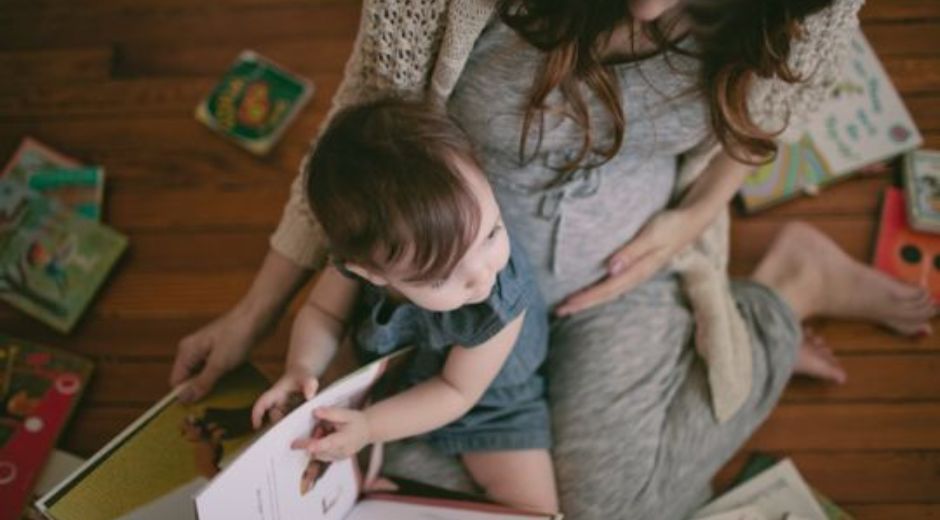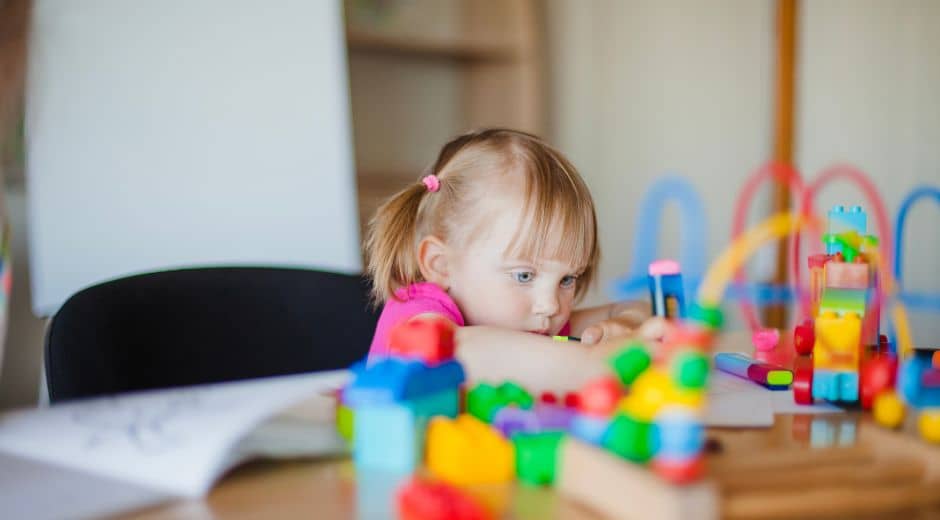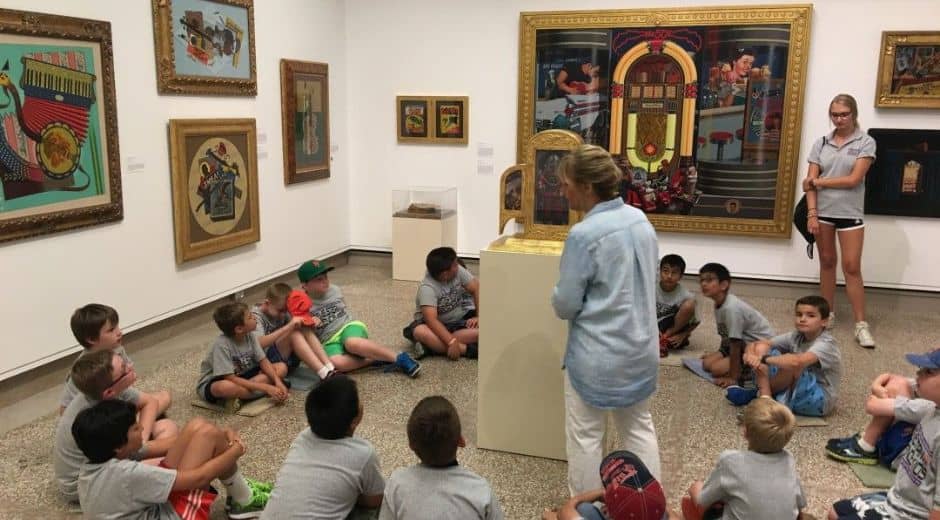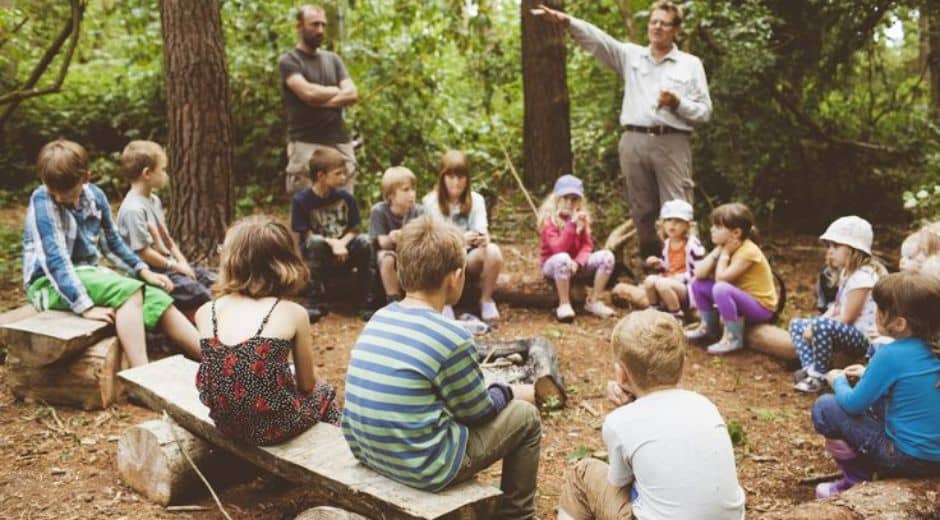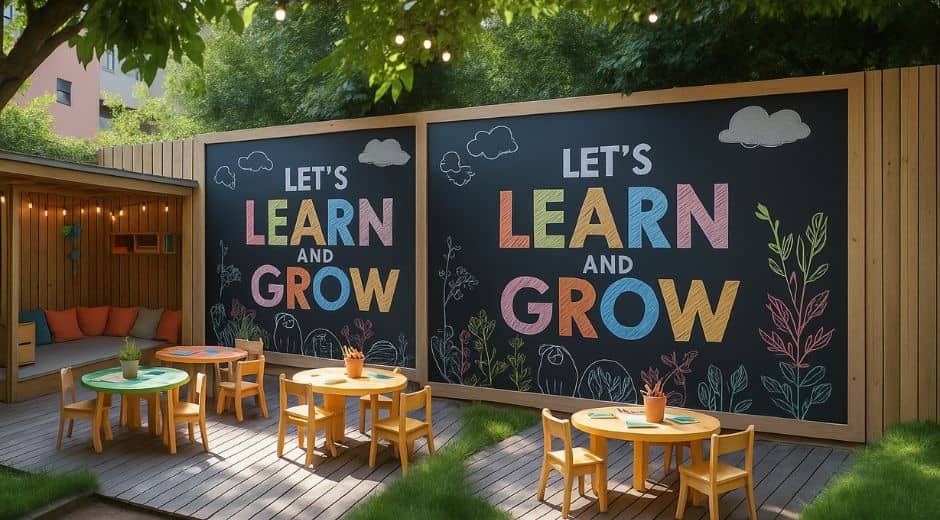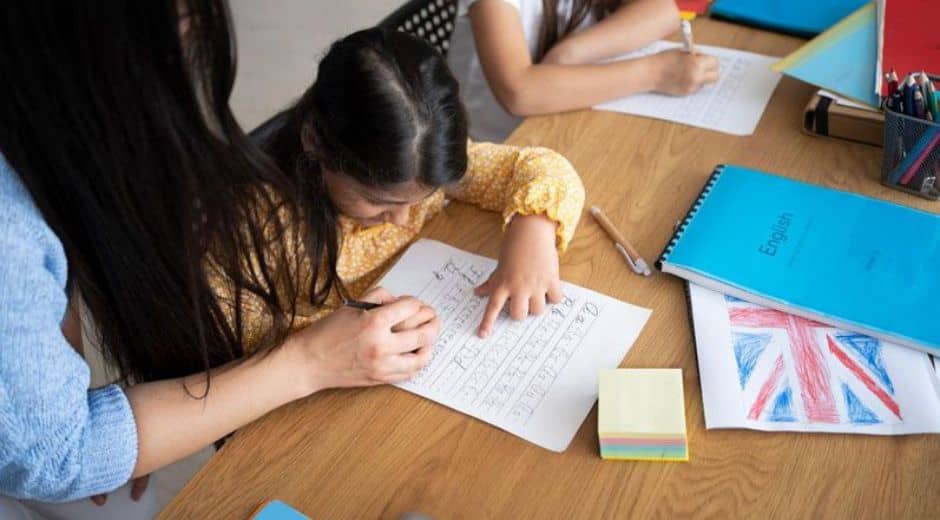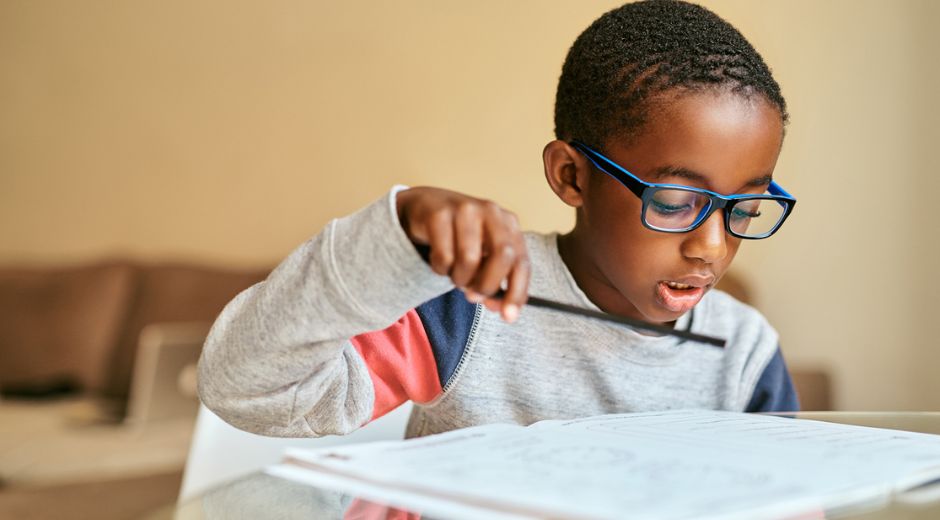Curious Minds: How to Keep Your Child’s Love for Learning
Curious Minds: How to Keep Your Child’s Love for Learning
Children are born explorers. From the moment they open their eyes to the world, their minds begin absorbing everything—colors, textures, words, and emotions. But as they grow, that natural spark of curiosity can fade under the pressure of structured learning, expectations, or fear of failure. Keeping your child’s passion for discovery alive is one of the greatest gifts you can give them. Nurturing curious minds isn’t about filling them with facts—it’s about creating an environment where wonder, imagination, and learning coexist beautifully.
Understanding the Power of Curious Minds
A child who asks questions, experiments, and explores develops a lifelong love for learning. Curious minds are more adaptable, creative, and resilient because they see challenges as opportunities rather than obstacles. Encouraging curiosity doesn’t mean having all the answers—it means being willing to explore together. It’s about saying, “Let’s find out,” instead of “I don’t know.”
According to educational insights shared on StudySkillUp, curiosity fuels the motivation that drives children to engage deeply with new concepts. When parents nurture this mindset early, learning becomes joyful instead of a chore.
The Parent’s Role in Cultivating Curiosity
Children learn best through imitation. When they see parents reading, asking questions, or experimenting with new things, they naturally follow suit. Being an active learner yourself shows your child that learning never ends. Discuss your own discoveries with them—whether it’s something you read online, an interesting person you met, or a small daily observation. This models lifelong learning in the most authentic way.
Creating moments of shared curiosity at home, as encouraged on CoolParentingTips, builds deeper connections between parents and children. When kids feel that their questions are valued, they learn that curiosity is something to be celebrated, not silenced.
Making Everyday Life a Learning Adventure
Learning doesn’t just happen at school. In fact, some of the most powerful lessons occur during ordinary moments. Encourage your child to ask questions during walks, mealtime, or playtime. Turn simple activities—like cooking or gardening—into opportunities to explore. Ask them why they think something happens the way it does, and let them lead the conversation.
Transforming routine into exploration helps children connect knowledge with real life. This approach keeps curious minds active, allowing them to see learning everywhere—not just in books or classrooms.
Encouraging Independence in Exploration
Giving children the freedom to explore safely and make their own discoveries helps build confidence. Resist the urge to provide immediate answers. Instead, guide them toward finding solutions. Offer open-ended materials like building blocks, art supplies, or nature objects, and let their imagination take over.
Independent exploration not only sharpens creativity but also teaches problem-solving. When children make small mistakes and find their way through them, they develop perseverance—a key quality of curious minds that thrive in the real world.
Creating a Curiosity-Friendly Home Environment
A home that stimulates the senses and imagination nurtures curiosity naturally. Keep books visible and accessible. Rotate toys or introduce new ones that encourage building, storytelling, and experimentation. Create cozy corners for reading or quiet reflection.
Reduce screen distractions during learning time and focus on interactive experiences instead. You can also draw inspiration from FocusMindFlow, which offers guidance on fostering mindful awareness in both parents and children. Combining focus with curiosity helps children stay present while exploring new ideas.
The Power of Asking Questions
Encouraging children to ask questions—and asking questions yourself—keeps the learning energy alive. Use phrases like “What do you think would happen if…” or “Why do you suppose that works?” instead of giving direct instructions.
Curiosity-based conversations are a powerful way to stretch thinking. They allow kids to build connections, explore cause and effect, and gain a deeper understanding of how things work. When you ask thoughtful questions, you also teach your child that not knowing is okay—it’s the first step toward discovery.
Balancing Structure and Freedom
Every child needs structure, but it should never stifle curiosity. Set gentle boundaries around learning time but leave space for free exploration. If your child shows interest in a topic—dinosaurs, stars, or how rain forms—allow that curiosity to guide your day. Dive into books, online resources, or hands-on experiments related to their interests.
Curiosity flourishes when children feel safe to explore without judgment. By supporting both structured and spontaneous learning, you’re giving curious minds the perfect environment to grow confidently.
Encouraging Creative Expression
Creativity and curiosity are deeply connected. Whether through painting, storytelling, music, or pretend play, creativity allows children to express what they’re learning in personal and meaningful ways. Give your child unstructured time to play freely without fear of mistakes.
Celebrate their creations, no matter how small, and discuss their thought process instead of the outcome. This shifts the focus from performance to exploration—fueling curious minds with freedom and inspiration.
Learning Through Mistakes
Mistakes are a natural and essential part of learning. Teaching children to embrace failure with curiosity rather than fear transforms how they approach challenges. When something doesn’t work, guide them to ask, “What can I try next?” rather than feeling discouraged.
When parents normalize mistakes, children learn resilience and problem-solving. They begin to see that every experience, even a difficult one, adds value to their growth. This shift in mindset ensures that curious minds remain open and fearless.
Connecting Curiosity with Emotional Intelligence
Curiosity isn’t limited to facts—it extends to emotions and relationships. Encouraging your child to notice how they feel, and how others feel, nurtures empathy and awareness. When a child is curious about their emotions, they learn to manage them with care.
Families who practice emotional reflection raise children who not only think critically but also connect deeply. Combining curiosity with empathy creates balanced, emotionally intelligent individuals who approach the world with both heart and mind.
Conclusion: Raising a Lifelong Learner
Keeping your child’s love for learning alive is not about academic excellence alone—it’s about helping them see the world as a place of endless discovery. Encourage questions, celebrate wonder, and nurture creativity. Stay open to exploration together, and remember that the most powerful lessons often come from shared experiences, not textbooks.
By modeling curiosity and creating a supportive environment, you help raise curious minds that stay engaged, compassionate, and inspired for life. With resources like StudySkillUp, FocusMindFlow, and CoolParentingTips, you’ll find endless ideas to guide your family toward a lifelong love of learning built on curiosity, joy, and connection.
Learn Bond Bloom

Calm Corner Setup for Emotional Regulation
Calm Corner Setup for Emotional Regulation

Big Feelings Tools Kids Can Learn Fast
Big Feelings Tools Kids Can Learn Fast

Picky Eating Solutions That Feel Simple
Picky Eating Solutions That Feel Simple

Morning Routine Ideas for Smoother Days
Morning Routine Ideas for Smoother Days
